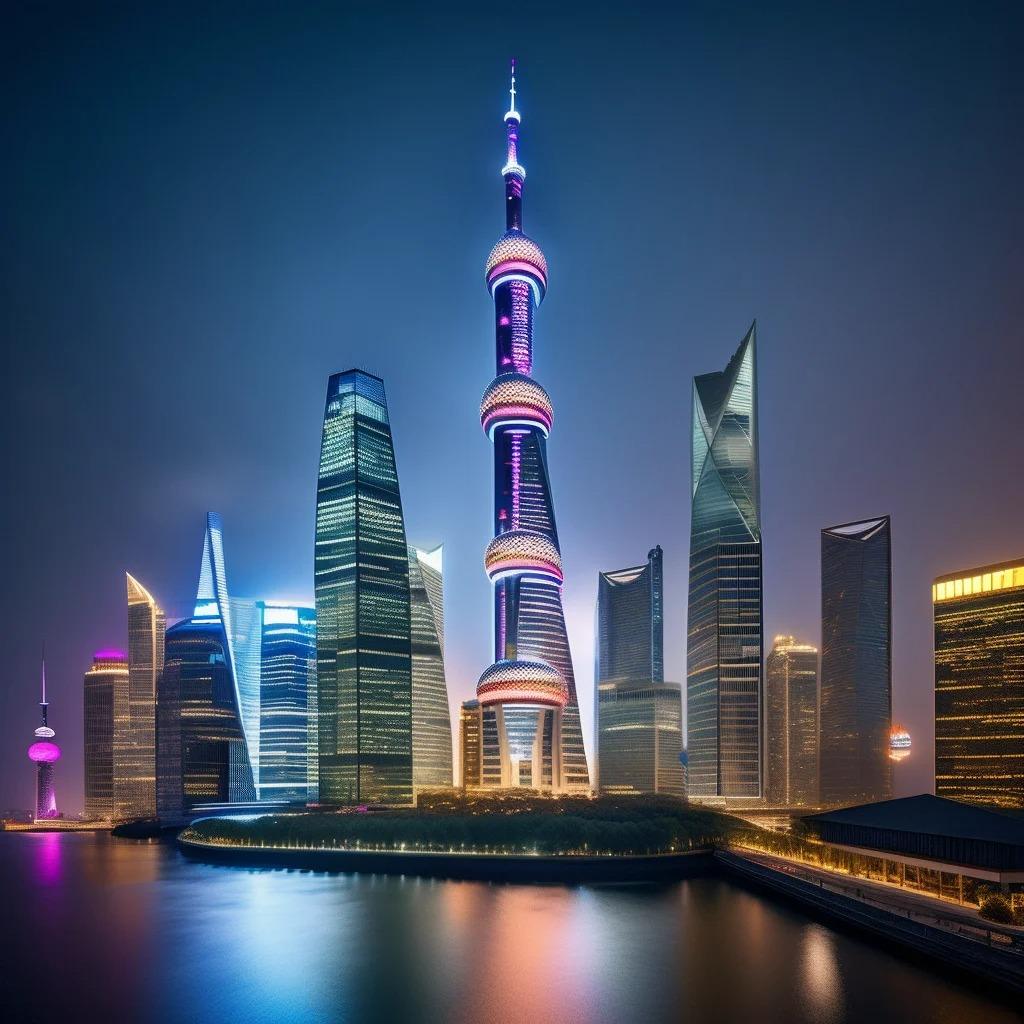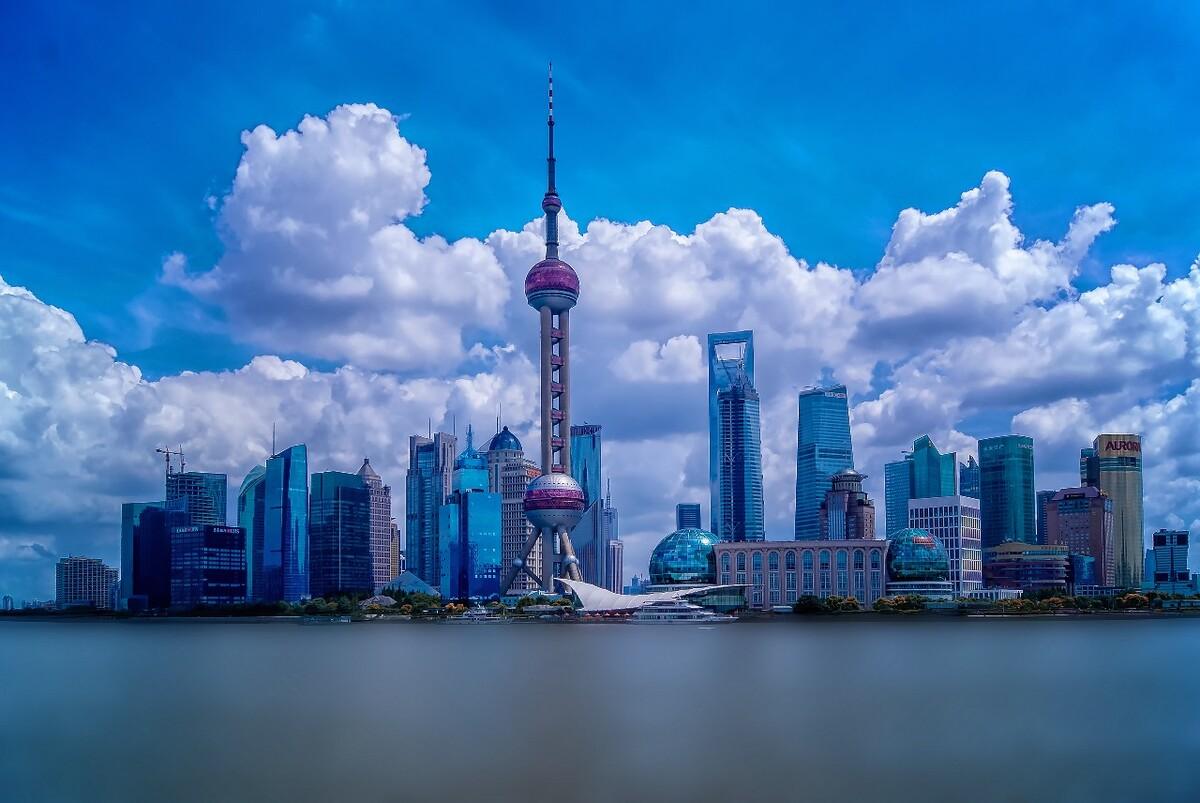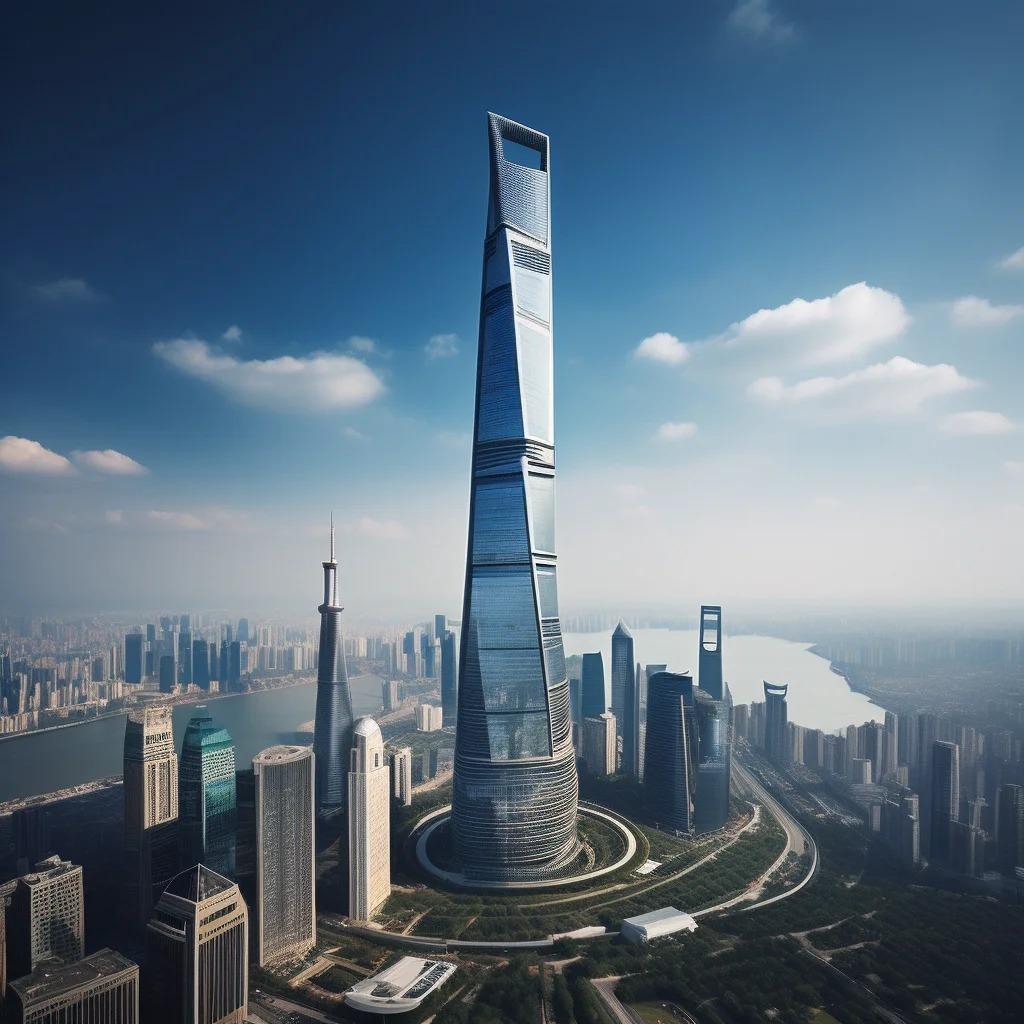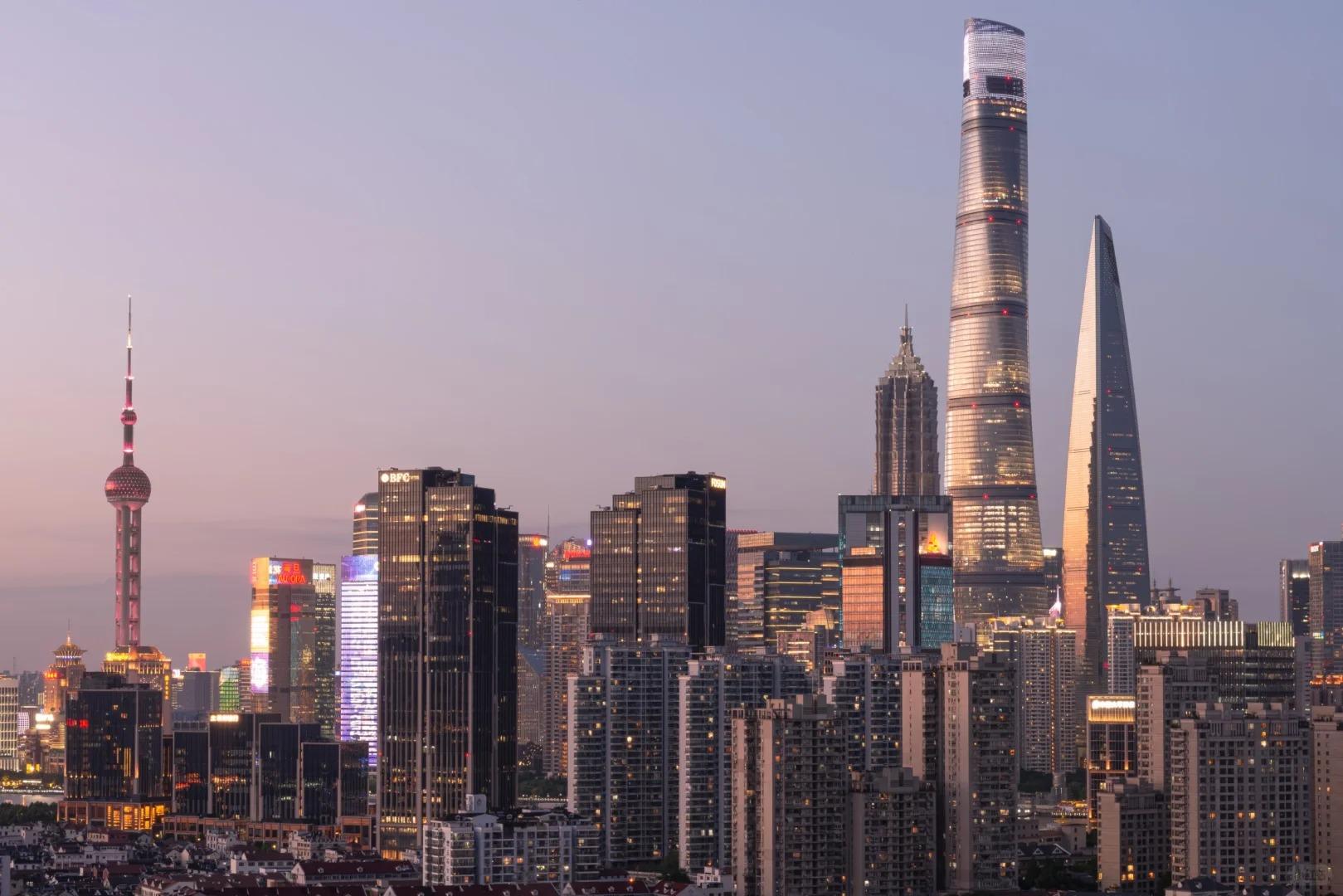Introduction to Shanghai’s Skyline
Shanghai, once a modest fishing village, has transformed into a global metropolis with a skyline that rivals the world’s most iconic cityscapes. This vertical jungle of steel and glass stands as a testament to China’s rapid economic growth and architectural ambition.
The city’s skyline, particularly in the Pudong district, has become a symbol of modern China’s aspirations and achievements. It represents not just economic progress, but also the nation’s technological prowess and cultural confidence.
When compared to other famous skylines like New York or Hong Kong, Shanghai’s stands out for its futuristic designs and the sheer speed of its development. In just a few decades, it has risen to become one of the most photographed and recognizable urban panoramas in the world.

The Iconic Structures of Pudong
Oriental Pearl Tower
This television tower, completed in 1994, was one of the first structures to define Shanghai’s modern skyline. Its unique design, resembling pearls on a stick, has made it an enduring symbol of the city.

Shanghai Tower
At 632 meters, this twisting behemoth is China’s tallest building and the world’s second-tallest. Its innovative design includes a double-layer facade that reduces wind loads and energy consumption.
Shanghai World Financial Center
Nicknamed the “bottle opener” due to its distinctive aperture at the top, this 492-meter skyscraper offers one of the highest observation decks in the world.

Jin Mao Tower
This 88-story building beautifully blends traditional Chinese architecture with modern design, its tiered facade reminiscent of a pagoda.
The Bund and Its Contrast
The Bund, with its strip of historical buildings along the Huangpu River, provides a striking contrast to Pudong’s futuristic skyline. This juxtaposition of colonial-era architecture and modern skyscrapers creates a visual narrative of Shanghai’s history and progress.
The Huangpu River acts as a natural dividing line between old and new Shanghai. At night, the view from the Bund promenade is particularly spectacular, with Pudong’s towers illuminated in a dazzling light show.
Evolution of the Skyline
| Decade | Key Developments |
|---|---|
| 1990s | Pudong development begins, Oriental Pearl Tower completed |
| 2000s | Jin Mao Tower and SWFC reshape the skyline |
| 2010s | Shanghai Tower becomes the city’s new pinnacle |
The 1990s marked the beginning of Pudong’s transformation from farmland to financial district. The 2000s saw rapid growth with the addition of several iconic structures. The 2010s pushed the skyline to new heights, quite literally, with the completion of Shanghai Tower.
Future projects promise to further enhance the skyline, with plans for more supertall skyscrapers and innovative green buildings that will continue to push the boundaries of architectural design.
Best Viewpoints for the Skyline
- Observation Decks: The Shanghai Tower, SWFC, and Jin Mao Tower all offer breathtaking views from different heights.
- Rooftop Bars: Venues like Vue Bar at the Hyatt on the Bund provide a more relaxed viewing experience with cocktails.
- River Cruises: Evening cruises on the Huangpu offer unparalleled views of both the Bund and Pudong.
- Lesser-known Spots: The Lupu Bridge or the top of the Natural History Museum offer unique perspectives for photographers.

The Skyline in Popular Culture
Shanghai’s skyline has become a shorthand for futurism and economic dynamism in films and TV shows. It has appeared in numerous international productions, from James Bond’s “Skyfall” to “Mission: Impossible III”.
The skyline has also inspired countless artists and photographers, becoming a muse for both local and international creatives. Its image is used extensively in promoting Shanghai as a global city, featuring prominently in tourism campaigns and international events.
Annual events like the Shanghai Tourism Festival often incorporate spectacular light shows that transform the skyline into a canvas of color and movement.

Practical Information for Visitors
For the best skyline views:
- Daytime: Clear mornings offer crisp views of the architecture
- Sunset: Golden hour bathes the buildings in warm light
- Night: The illuminated skyline creates a dazzling spectacle
Photography tips:
- Bring a wide-angle lens to capture the full expanse of the skyline
- A tripod is essential for night shots to avoid camera shake
- Consider using ND filters during the day to capture long exposures
Accessing viewpoints:
- Most observation decks are open daily, with tickets available on-site or online
- River cruises can be booked at the Bund or through hotels and tour operators
Several companies offer guided tours focused on the skyline, combining visits to observation decks with historical context and architectural insights.
Shanghai’s skyline is more than just a collection of tall buildings; it’s a visual story of a city’s transformation and ambition. Whether viewed from the ground, the river, or high above, it never fails to impress and inspire. As Shanghai continues to grow and evolve, its skyline will undoubtedly remain a powerful symbol of China’s past, present, and future.






